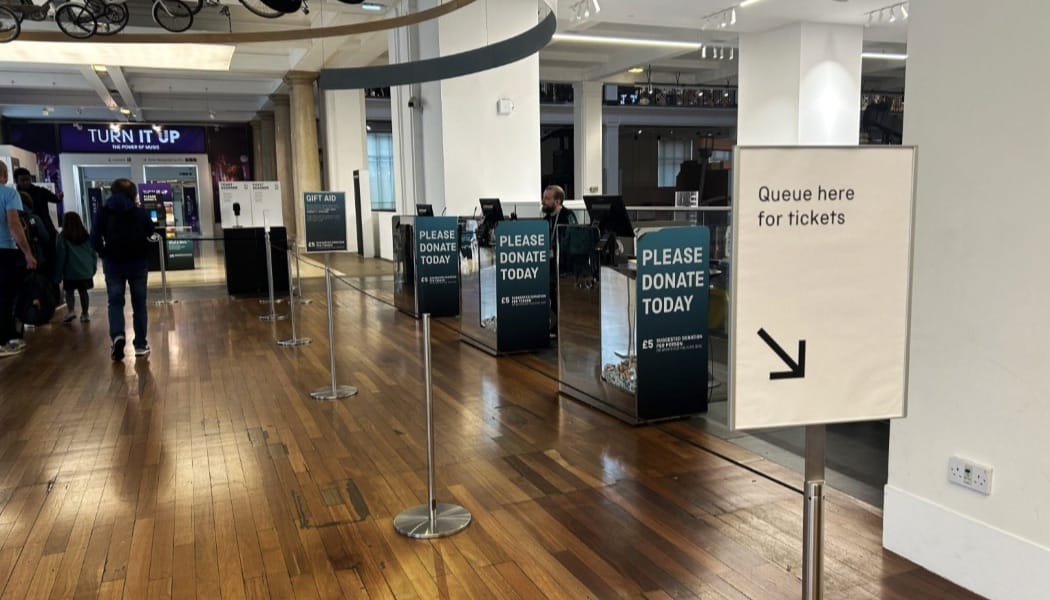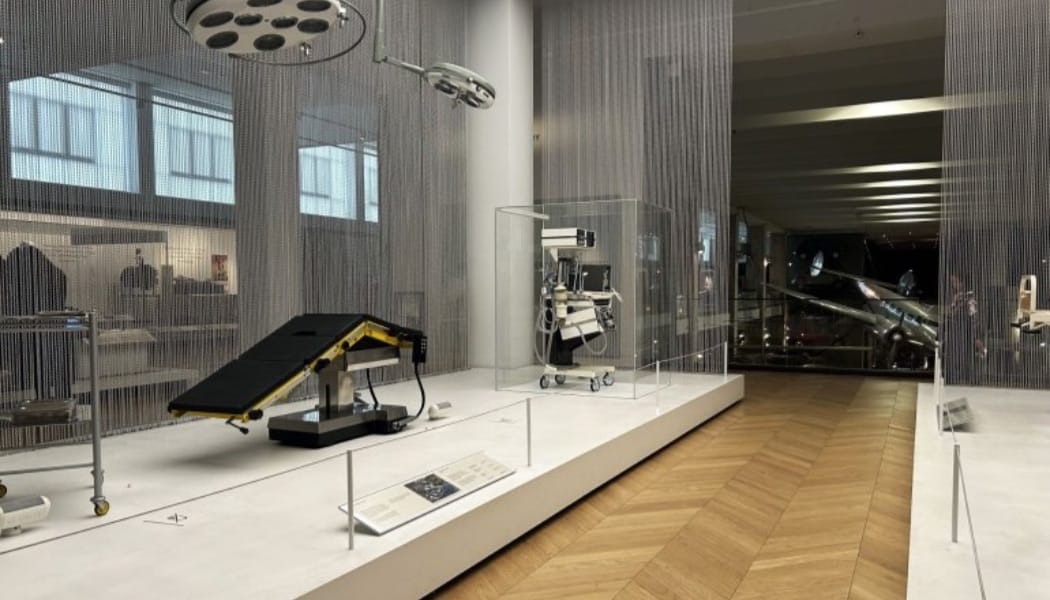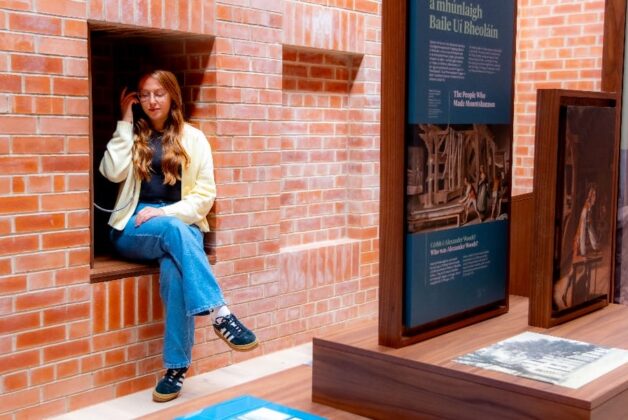Absolute Museum & Gallery Products on balancing exhibit protection and visitor accessibility through barrier systems and crowd management.
“Every museum has a story of an unexpected accident — a visitor getting too close, tripping, or brushing against an artwork.”
— Susan Klein, Director of Marketing, Fine Arts Museums of San Francisco
In 2016, a rare Andy Warhol silkscreen of Elvis Presley was accidentally damaged at the Museum of Modern Art in San Francisco. A visitor tripped and fell into the artwork, fortunately causing only minor damage. Incidents like this, while uncommon, highlight the need for careful strategies to protect exhibits without compromising the museum experience.
From thoughtful signage and attentive staff to subtle physical barriers and display cases, museums have multiple ways to safeguard their collections while keeping them accessible to the public.
How Museums Protect Artworks
Museums that prioritise protection can preserve their collections for decades or even centuries. Yet, accessibility remains key. Many exhibits are displayed without fully enclosed cases, using subtle barriers to create a safe perimeter while allowing visitors to appreciate the artwork up close.
Protection strategies often combine physical barriers with museum policies, such as banning food and drink, limiting personal belongings, and discouraging touching of artworks. These measures protect pieces from the natural oils and acids in human skin, helping ensure long-term preservation.
It is the responsibility of museum professionals to assess each exhibit and determine the right balance of precaution. Barriers are one of the clearest ways to communicate boundaries, providing visitors with intuitive guidance on how close they can safely get.
Managing Visitor Flow
Crowd management plays a critical role in both safety and the visitor experience. Large numbers of people, particularly during high-profile exhibitions, can increase the risk of accidents or overcrowding. By controlling visitor flow, museums can reduce these risks while creating a calm and enjoyable environment.
Directional barriers, typically 900–1,000mm tall, guide visitors along pathways and maintain comfortable viewing distances. Modular or freestanding systems allow museums to control movement without creating a closed-off feeling, keeping the exhibition welcoming and accessible.
A well-managed visitor flow also encourages deeper engagement. Visitors can take their time with exhibits, reducing stress and enabling a more immersive and meaningful experience.

Protecting Wall-Mounted Art
Safeguarding wall-mounted artworks requires subtlety. Low-height barriers, around 400mm, can provide visual cues without obstructing views. Museums often choose between two main approaches:
- Targeted Protection – Placing barriers around specific artworks. This emphasises the importance of individual pieces and encourages care from visitors, though it may create slight visual breaks along a wall.
- Continuous Protection – Running a consistent line of barriers along a wall creates a seamless boundary that blends with the gallery design, offering a polished, professional look.
The choice depends on the gallery layout, the exhibition’s content, and the desired visitor experience.

Protecting Freestanding Exhibits
Exhibits in open spaces are vulnerable from all sides. While visitor curiosity is welcome, it sometimes necessitates gentle boundaries to protect both artifacts and people.
At the Science Museum in London, for example, visitors were attempting to climb onto plinths to take photographs. Installing low-height barriers around the plinth edges effectively prevented this behaviour without impacting sightlines. Thoughtful barrier placement can protect exhibits while keeping interactions natural and unobtrusive.

The Importance of Barrier Maintenance
The appearance of barriers can influence the overall exhibition impression. Drooping cords, uneven spacing, or visible damage can distract visitors and detract from the artworks. Proper installation and maintenance ensure that barriers are both functional and visually discreet.
Small details — taut cords, consistent spacing, and clean surfaces — can make a significant difference. Well-maintained barriers complement the exhibition, offering a subtle yet effective layer of protection.
Barriers as Guides and Protectors
Barriers serve as both visual and physical cues, signalling where visitors may go and where access is restricted. They help maintain order, minimise risk, and create a structured environment for everyone to enjoy.
While serious accidents are rare, they illustrate why preventive measures matter. Other incidents, like a wooden clock at the National Watch and Clock Museum being knocked off a wall or a 17th-century painting accidentally damaged in Taiwan, could likely have been prevented with strategic barrier placement.
Investing in well-planned barrier systems is a cost-effective way to protect valuable collections while supporting a smooth and enjoyable visitor experience.
Conclusion
Museum barriers, whether freestanding, wall-mounted, or part of a broader visitor management strategy, are crucial for balancing protection and accessibility. When thoughtfully implemented and properly maintained, they safeguard artworks, guide visitors, and enhance the overall experience.
Combining clear policies, careful barrier placement, and regular upkeep forms the backbone of a secure, welcoming exhibition. These measures ensure that museums can continue to display their collections safely, while visitors leave with a memorable and immersive experience.





